
Five billionaires who gained most wealth in 2024
The past year has made many Forbes list members even wealthier. Let's find out which of them earned the highest profits over the last 12 months and what contributed to their financial success.



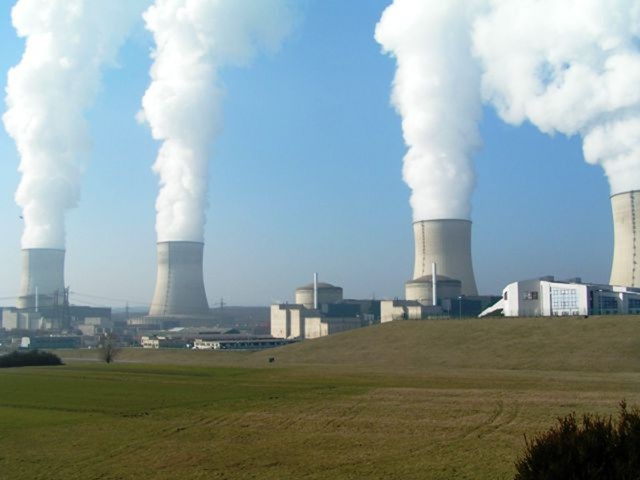
The 10th place is given to the Rajasthan NPP which is situated 65 km from Kota of Rajasthan state in India. In November 2002, the IAEA inspection assured that the reactor would be able to withstand the impact of extreme pressure. However, in 2012, 38 workers were exposed to a radioactive form of hydrogen called 'tritium' when a welding operation went wrong inside the protected environment of the reactor.
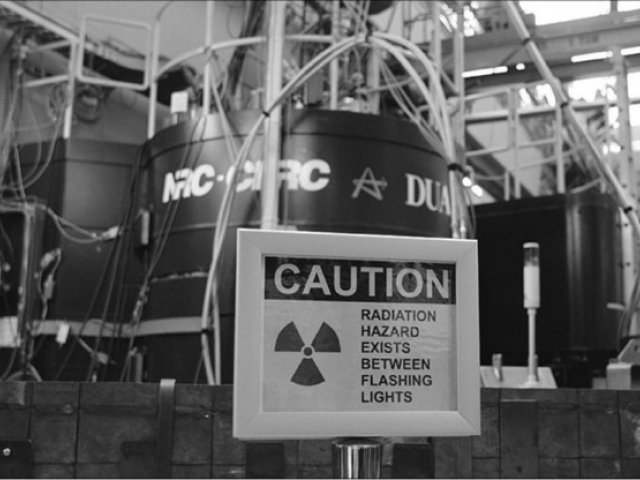
The 9th position is occupied by the first nuclear accident occurred on 12 December 1952. The NRX reactor located near Chalk River, Ontario (Canada) suffered a failure that shut down along with several bad decisions facility operators, caused a chain reaction which increased by more than double the nuclear power reactor. Thousands of curies of fission products were released into the atmosphere, and bout 3800 cubic meters of radioactively contaminated water had to be pumped out of the basement and "disposed of" in shallow trenches not far from the Ottawa River.
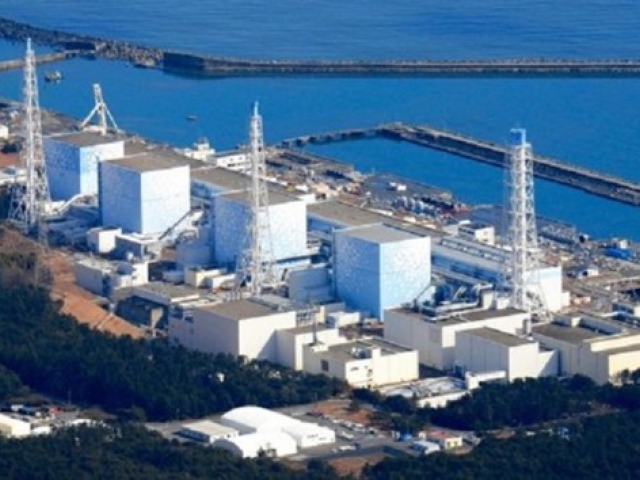
The Kasivazaki-Kariwa NPP takes the 8th place in this rating of the most large-scale and dangerous nuclear power accidents. It was approximately 19 km from the epicenter of the second strongest earthquake to ever occur at a nuclear plant, July 16, 2007 Chūetsu offshore earthquake with a magnitude of 6.8 on the Richter scale. The most dangerous was the radioactive water leakage from the reservoir storage of spent fuel. Also, 438 containers of low radioactivity waste were overturned. This shook the plant beyond design basis and initiated an extended shutdown for inspection, which indicated that greater earthquake-proofing was needed before operation could be resumed. The plant was completely shut down for 21 months following the earthquake. Losses for the downtime and restoration of the NPP amounted to $5.8 billion.
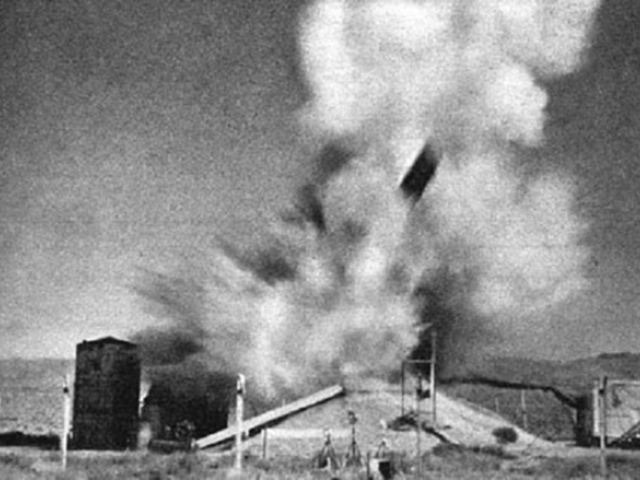
The 7th place is occupied by SL-1 Experimental Power Station, Idaho. On 3rd January, 1961 a USA army experimental nuclear power reactor underwent a steam explosion and meltdown killing its three operators. The cause of this was because of improper removal of the control rod, responsible for absorbing neutrons in the reactor core. This event is the only known fatal reactor accident in the USA. The accident released about 80 curies of iodine -131.
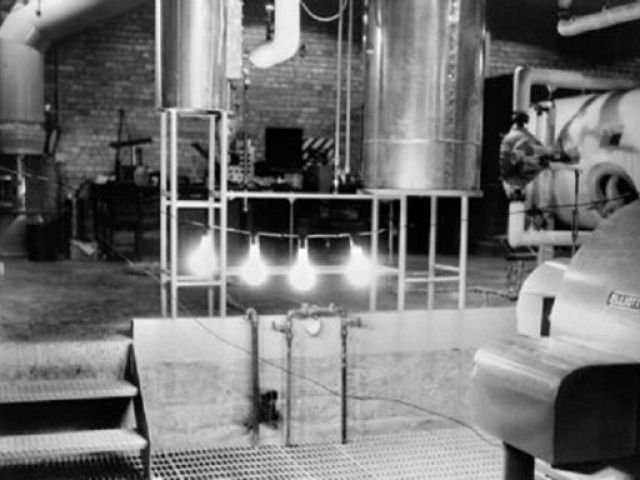
The Lucens NPP, Switzerland receives the 6th place. It was intended to operate until the end of 1969, but during a startup on 21 January 1969, it suffered a loss-of-coolant accident, leading to a partial core meltdown and massive radioactive contamination of the cavern, which was then sealed. The cavern was decontaminated and the reactor dismantled over the next few years. The plant was totally decommissioned in 1988 and the last radioactive waste was removed in 2003.
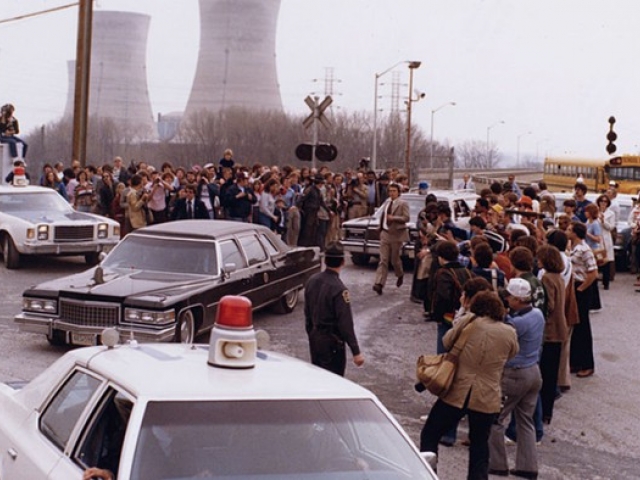
Three Mile Island NPP, Pennsylvania, USA, occupy the 5th line in this ranking of the most notorious nuclear power disasters. On 28th March, 1979, On March 28, 1979, a cooling circuit malfunctioned, allowing the primary coolant to overheat. The reactor shut down immediately. The release valve opened for ten seconds. That allowed enough coolant to escape to reduce pressure and heat. But it got stuck in the open position. As a result, all the coolant was released. There wasn't an instrument that could have alerted engineers that this had happened.
Fortunately, the amount released was not enough to harm local food supplies, animals, or people. The TMI-2 reactor was shut down. It took 12 years and cost $973 million to decontaminate to low levels of radiation. There were 10.6 megalitres of radioactive coolant that were processed, stored, and safely evaporated.About 100 tons of damaged radioactive fuel was put into 342 canisters. They were shipped to the Idaho National Laboratory and stored concrete containers.
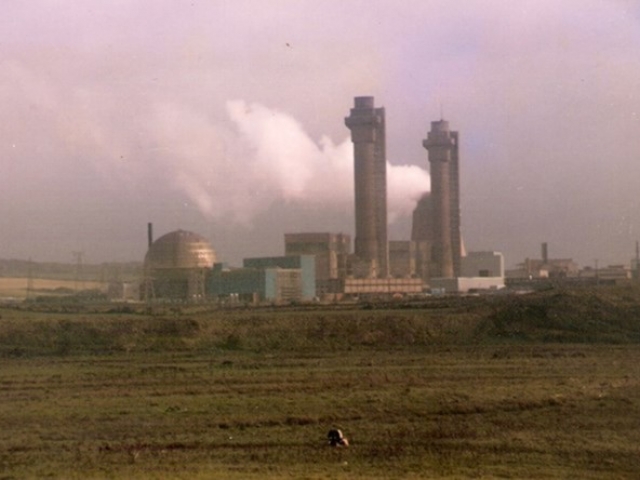
The Sellafield nuclear complex, U.K., takes the 4th place. Britain's most severe nuclear accident was at a nuclear reactor then known as Windscale, used for creating radioactive material for atomic weapons. The reactor core caught fire and blazed for many hours, pouring smoke and radionuclides into the air. This radioactive cloud spread across Europe to as far as Switzerland. There was no evacuation, though thousands of litres of milk in Britain were withdrawn and disposed of. The accident received INES 5 and killed 33 people.
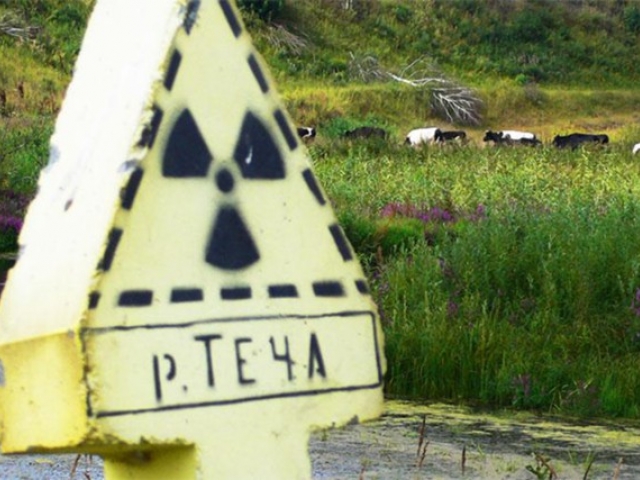
The Kyshtym Nuclear disaster was a radiation contamination incident that occurred on 29 September 1957 at Mayak, a Nuclear fuel reprocessing plant in the Soviet Union. It measured as a Level 6 disaster on the INES, making it the third most serious Nuclear disaster ever recorded behind the Chernobyl Disaster and Fukushima Daiichi Disaster. The event occurred in the town of Ozyorsk, a closed city built around the Mayak plant. Since Ozyorsk/Mayak was not marked on maps, the disaster was named after Kyshtym, the nearest known town.
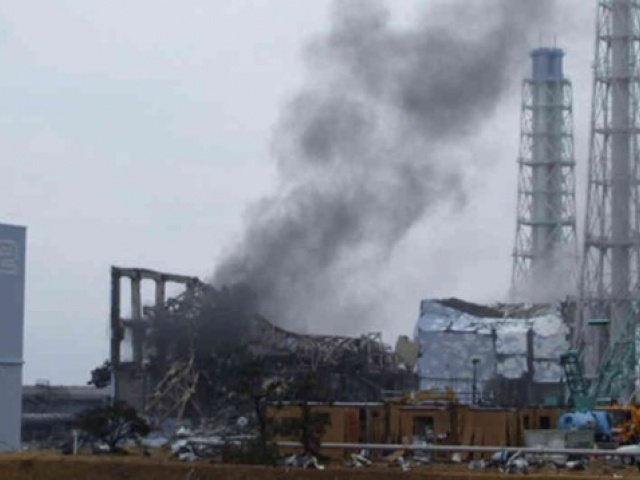
The world's worst nuclear disaster after Chernobyl, and the only other accident to be given the top INES rating. An offshore earthquake on 11th March, followed by a tsunami, damaged the cooling systems at the Fukushima Daiichi nuclear plant. A series of partial core meltdowns followed, and a fire at a spent fuel storage pond released radioactivity directly into the atmosphere.
Workers pumped both fresh and seawater into the plant in an effort to cool the systems, and were later forced to release 11,500 tonnes of low-radioactivity water back into the ocean.
At the time of writing, the disaster was still unfolding. Radioactive material has been released into both terrestrial and marine environments, including through a crack in one of the reactors. Elevated levels of radioactivity have been found in fish, vegetables and tap water, including in the Tokyo, Japan's capital city.
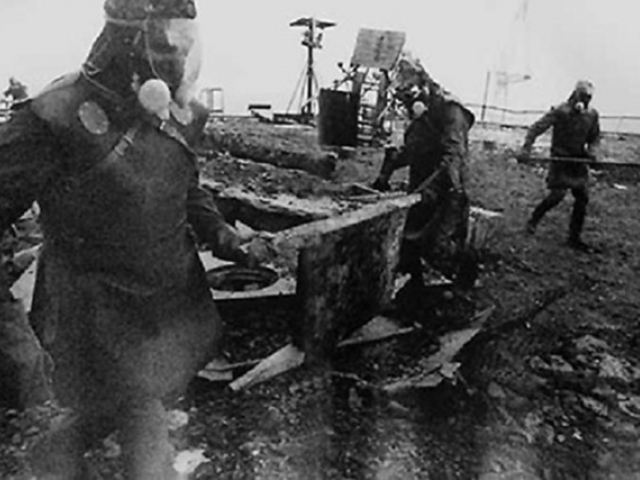
The Chernobyl Nuclear disaster is widely considered to have been the worst power plant accident in history, and is one of only two classified as a level 7 event on the International Nuclear Event Scale (the other being the Fukushima, Daiichi disaster in 2011). The battle to contain the contamination and avert a greater catastrophe ultimately involved over 500,000 workers and cost an estimated 18 billion rubles. The official Soviet casualty count of 31 deaths has been disputed and long-term effects such as cancers and deformities are still being accounted for.

The past year has made many Forbes list members even wealthier. Let's find out which of them earned the highest profits over the last 12 months and what contributed to their financial success.